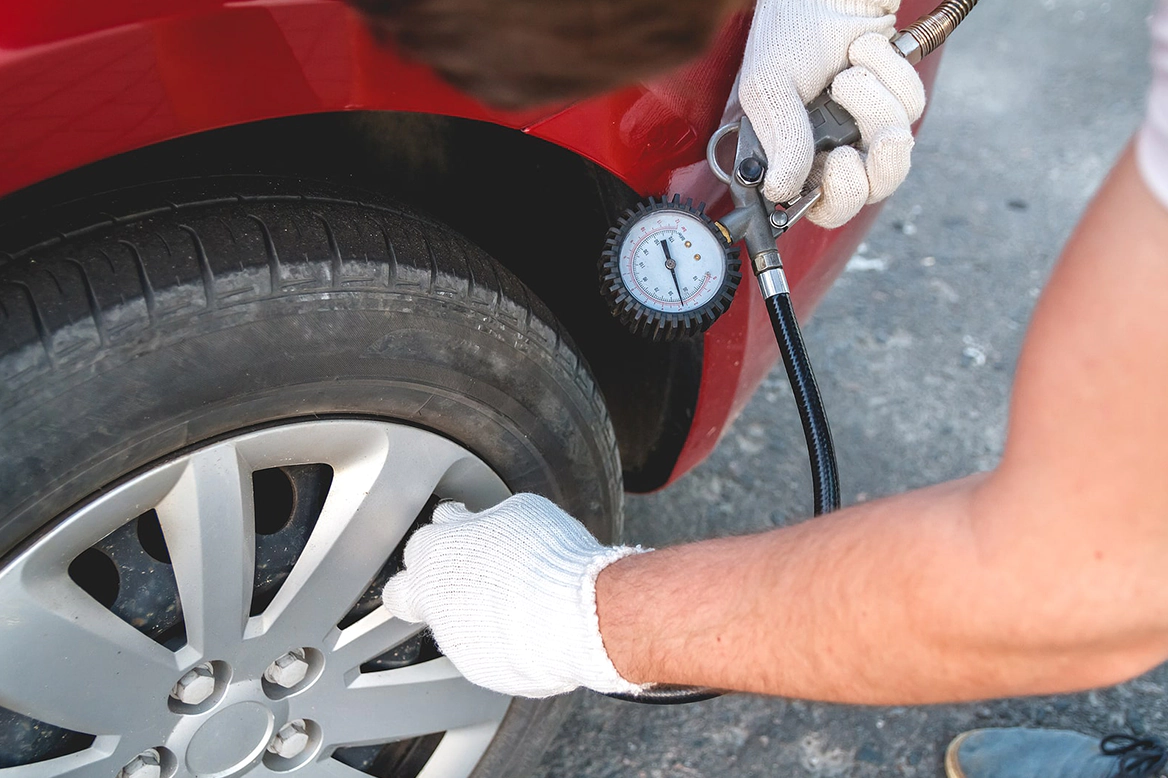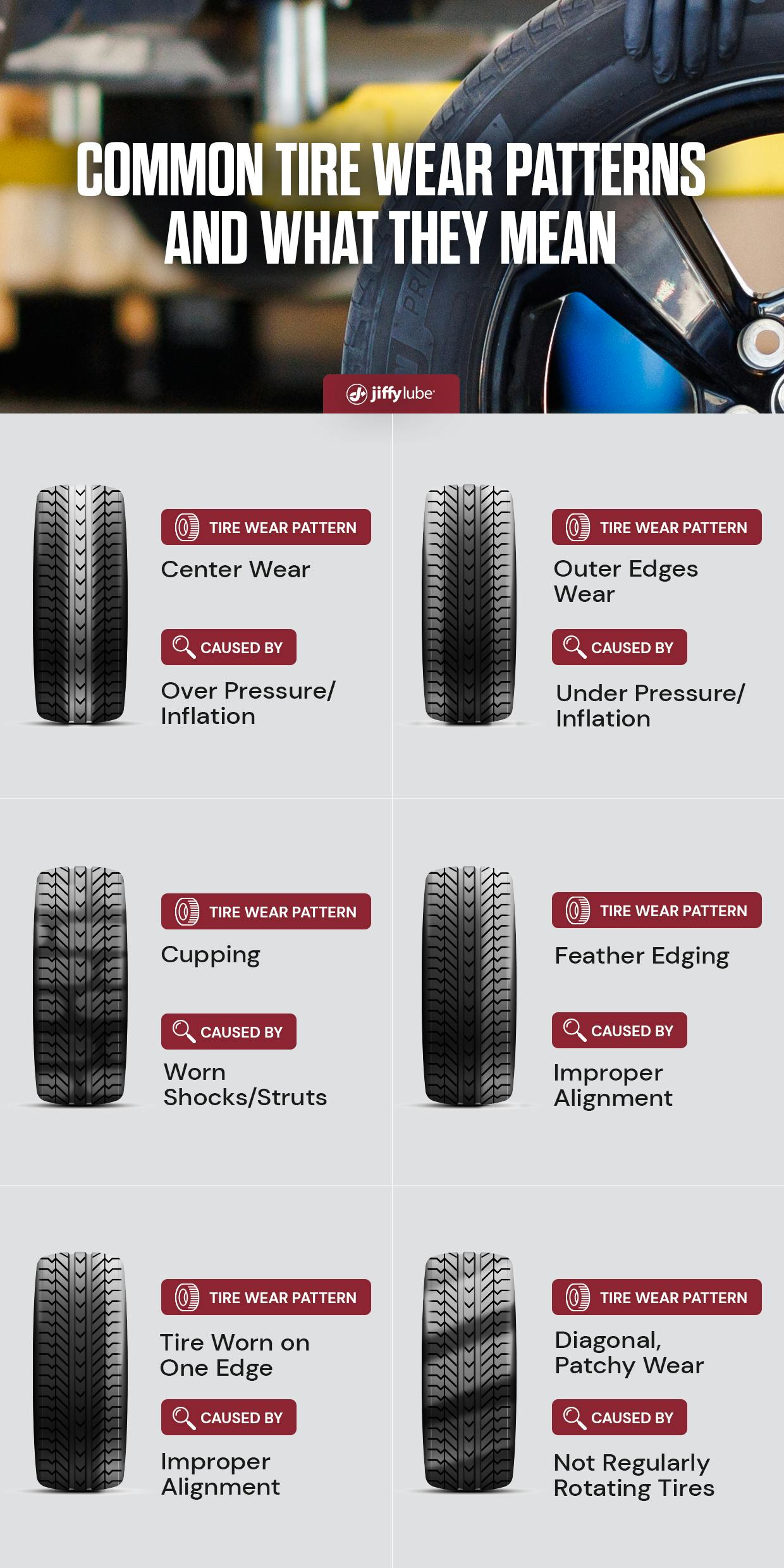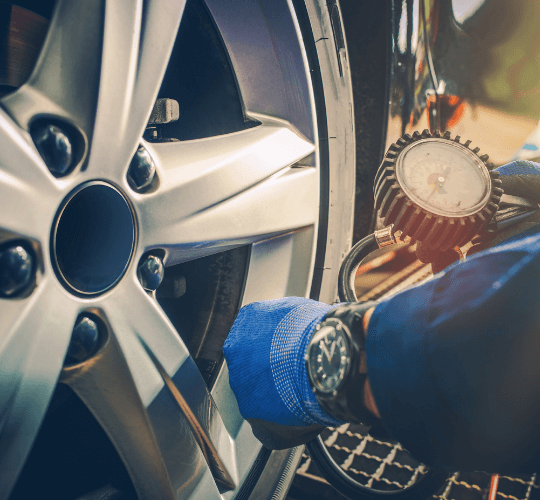Have you ever wondered if your car’s tires are properly inflated? Checking your tire pressure might seem like a small task, but it plays a big role in your safety and your car’s performance.
Knowing exactly when to check your tire pressure can save you from unexpected problems on the road, improve fuel efficiency, and extend the life of your tires. You’ll discover the best times to check your tire pressure, so you can keep your car running smoothly and avoid costly repairs.
Keep reading to find out how a simple habit can make a huge difference every time you drive.

Credit: www.tireoutlet.com
Ideal Times For Tire Pressure Checks
Checking tire pressure at the right time helps keep your car safe and efficient. Tires change pressure with temperature and driving. Knowing the best moments to check pressure saves you from problems on the road. Here are key times to measure tire pressure for best results.
Morning Vs Evening Pressure
Check tire pressure in the morning before driving. Tires are cold and show true pressure then. Evening checks may give false low readings. Heat from driving raises tire pressure. Morning checks give a steady and accurate number.
After Long Drives
Long drives warm tires, increasing pressure inside. Wait at least 30 minutes after driving to check pressure. This wait lets tires cool down and pressure normalize. Measuring right after driving can mislead you to add too much air.
Before Road Trips
Always check tire pressure before a road trip. Properly inflated tires improve fuel efficiency and safety. Underinflated tires risk blowouts on highways. Overinflated tires cause uneven wear. Check and adjust pressure to match car manufacturer’s recommendation.
Seasonal Considerations
Cold weather lowers tire pressure. Tires lose about 1 psi for every 10°F drop. Check tire pressure more often in winter months. Hot weather increases pressure; monitor tires during summer too. Seasonal checks prevent unsafe driving conditions.
Factors Affecting Tire Pressure
Tire pressure changes for several reasons. Knowing these factors helps keep your tires safe and efficient. Checking tire pressure regularly is important. Understanding what affects it makes this task easier. Here are key factors that influence tire pressure.
Temperature Changes
Cold weather causes tire pressure to drop. Air inside tires contracts as temperature falls. Hot weather makes pressure rise. Heat expands the air inside the tires. This means you should check pressure more often during weather shifts.
Altitude Impact
Higher altitude means lower air pressure outside. This affects tire pressure readings. Tires may seem underinflated at high altitudes. Driving back to lower areas changes pressure again. Adjust tire pressure based on altitude for safety.
Tire Wear And Tear
Old tires lose air more quickly. Cracks or holes cause slow leaks. Worn tread affects how pressure holds. Regular tire checks spot wear early. Replacing tires on time keeps pressure stable and improves driving safety.
Tools For Accurate Measurement
Checking tire pressure is important for safety and fuel efficiency. Using the right tools gives you accurate readings. Different tools suit different needs and budgets.
Manual Gauges
Manual gauges are simple and affordable. They work without batteries. Press the gauge on the tire valve for a quick reading. These gauges show pressure on a small dial or stick. They are easy to carry in your glove box.
Digital Gauges
Digital gauges show pressure on a clear screen. They give fast and precise results. Some models have backlit displays for low light. Digital gauges need batteries but are easy to use. They often have extra features like unit conversion.
Smart Tire Monitors
Smart monitors attach to your tire valves. They send real-time pressure data to your phone. These devices alert you if pressure drops. They require batteries and a smartphone app. Smart monitors help keep your tires in perfect shape.
Safety And Efficiency Benefits
Checking your car tire pressure is more than a routine task. It plays a key role in keeping your drive safe and your car efficient. Proper tire pressure helps avoid accidents and saves money on fuel and repairs. It also keeps your tires in good shape longer.
Improved Fuel Economy
Correct tire pressure lowers rolling resistance. This means the car uses less fuel to move forward. Underinflated tires make the engine work harder. This wastes fuel and increases emissions. Keeping tires at the right pressure helps you save money on gas.
Enhanced Vehicle Handling
Tires with the right pressure grip the road better. This improves steering response and braking. Overinflated or underinflated tires reduce traction. This can cause slipping or longer stopping distances. Proper pressure keeps your car stable and easier to control.
Prolonged Tire Life
Correctly inflated tires wear evenly. This prevents early tire damage and costly replacements. Low pressure causes the edges to wear fast. High pressure wears the center tread quickly. Checking tire pressure regularly extends tire lifespan and protects your investment.
Common Mistakes To Avoid
Checking your car tire pressure is important for safety and tire life. Many drivers make simple mistakes that affect the accuracy of their readings. Avoiding these errors helps keep your tires in good shape and your ride smooth.
Checking When Tires Are Hot
Measuring tire pressure right after driving is a common mistake. Heat from driving makes the air inside the tires expand. This gives a higher pressure reading than normal. Always check tire pressure when the tires are cold. Cold tires give the most accurate reading.
Ignoring Manufacturer Recommendations
Every car has a recommended tire pressure. It is usually found on a sticker inside the driver’s door or in the owner’s manual. Using pressure different from this can cause poor fuel efficiency or tire wear. Follow the manufacturer’s advice for the best results.
Neglecting Regular Inspections
Many people check tire pressure only when they notice a problem. This causes slow leaks or low pressure to go unnoticed. Regular checks, at least once a month, help catch issues early. It keeps your tires safer and lasting longer.

Credit: www.jiffylube.com
Frequently Asked Questions
When Is The Best Time To Check Tire Pressure?
The best time to check tire pressure is when tires are cold. Check in the morning or before driving. Cold tires give accurate pressure readings and ensure safety.
How Often Should I Check My Car Tire Pressure?
Check your tire pressure at least once a month. Frequent checks help maintain fuel efficiency, tire life, and safe driving conditions.
Can Weather Affect Tire Pressure Readings?
Yes, weather changes affect tire pressure. Cold temperatures lower pressure, while heat increases it. Regular checks adjust for these variations.
Should I Check Tire Pressure Before Long Trips?
Always check tire pressure before long trips. Proper pressure improves handling, fuel efficiency, and reduces the risk of tire blowouts during travel.
Conclusion
Checking your car tire pressure early in the morning is best. Tires are cold and give accurate readings then. Regular checks keep your car safe and save fuel. Avoid driving on underinflated or overinflated tires. Use a reliable pressure gauge for the best results.
Make it a habit to check tires before long trips. Proper tire pressure helps your tires last longer. Stay safe and enjoy a smooth drive every time. Remember, small steps make a big difference in car care.

